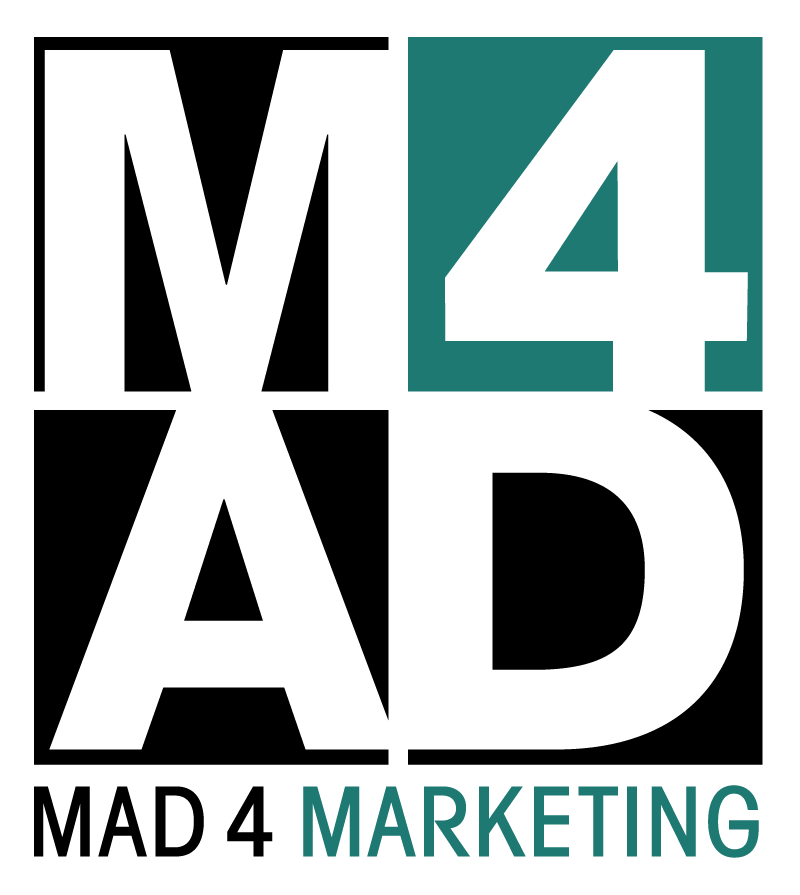Zoom fatigue is real.
After hitting the one-year mark of transitioning our businesses online and working from home, we’ve all gotten used to meeting with clients through screens, giving presentations remotely, and shifting almost entirely to e-commerce models, we’re all feeling a bit zoned-out when we sit in front of our computers these days. It’s hard to stay engaged, much less get excited, when we’re watching webinars or joining workshops or even participating in events that once might have seemed completely novel.
This is definitely affecting our marketing skills and strategies—or at least, it should be! It’s impacting the attention span and interest levels of our clients and customers, so we need to make sure we’re acknowledging it, too.
But when it comes to virtual marketing, it’s all about communication skills. And thankfully, no matter how much technology has progressed, the basis of communication skills has largely stayed the same. Here, we’ll share a few insights about how to transition those conventional communication skills so that they can be best applied to your next online presentation.
(And yes, it boils down to a lot more than making sure you’re not on mute!)
(But definitely do that, too.)
First: Aim for confidence—and comfort.
This one is pretty simple: The more comfortable you are, the more engaging you will be and the more attendees will feel like they can interact with you. You want to feel like you can move your hands and arms. Relaxed, smooth gestures help people follow what you’re saying and pay closer attention to the person who is speaking (versus others potentially visible on the screen).
But while you don’t need to put on a three-piece suit for online presentations, you also don’t want to show up in your tracksuit. You still need to be presentable and professional. Knowing you have a strong visual presence will give you a great deal of confidence in the way you hold yourself on screen and the way you speak. People will pay attention because you’ll seem like you’re worth listening to, with something to say. Look good, feel good, speak…well.
You should also put on real pants, even if people can’t see below the waist. It will make you feel more comfortable AND confident—trust us! We have real pants on right now.
Second: Look at the camera.
We know that this feels very strange to do. You are used to looking directly at your screen (or, let’s be honest, the picture of yourself on your screen). But because it simulates eye contact, it also conveys authority and confidence. It can help keep people engaged while you’re speaking, and makes you look about five times as professional (by our very scientific estimate).
Our tips for making this feel a little more natural include getting an external camera and attaching it to your monitor. Even if you have one embedded, this often feels more normal than staring at a “dot.” You can also do your call in front of a mirror, so you’re watching yourself behind the screen, but it will look like you’re looking directly into the camera. Lastly, you can see if your video-sharing system accommodates moving the video boxes (your own, or your attendees) around; by putting them at the top-center of the screen, it will feel like you’re doing something more natural, like making eye contact.
Of course, it also helps to be as rehearsed as possible, so you don’t need to look at notes or your own presentation bullets.
Most Importantly: Keep it brief.
When it comes to Zoom fatigue, there’s nothing your audience will appreciate more than a tight meeting or presentation. It shows that you respect their time. It also ensures that you aren’t fluffing up your pitch with unnecessary points or weak information. Stick to your best stuff to show that you’re confident about it. This is also good for you, because it’s less to rehearse, and lets you feel even more prepared.
This goes for your on-screen visuals, as well. If you showcase bullets or lists, keep them to three items or fewer. Never read directly from your slides; have something new and substantial to talk about while your audience takes in the images or facts, so you’re really optimizing your time with them.
Lastly, you should of course start on time and never, ever run past your allotted presentation slot or stated end time. There is absolutely nothing of value you might add that will make up for it. And if you do add a Q-and-A segment at the end, make sure you’ve given enough time to really discuss any topics your clients or audience might have, especially if your topic is complex. Those who spare about 2 minutes for feedback and questions after talking for 58 are often earmarked as bloviators who might not be good listeners or easy to collaborate with.
We hope that these tips will help you stay focused and keep your audience engaged during your next virtual meeting, pitch, or presentation. We’re also happy to help you build your digital presentation for maximum effectiveness—so please feel free to ask!

